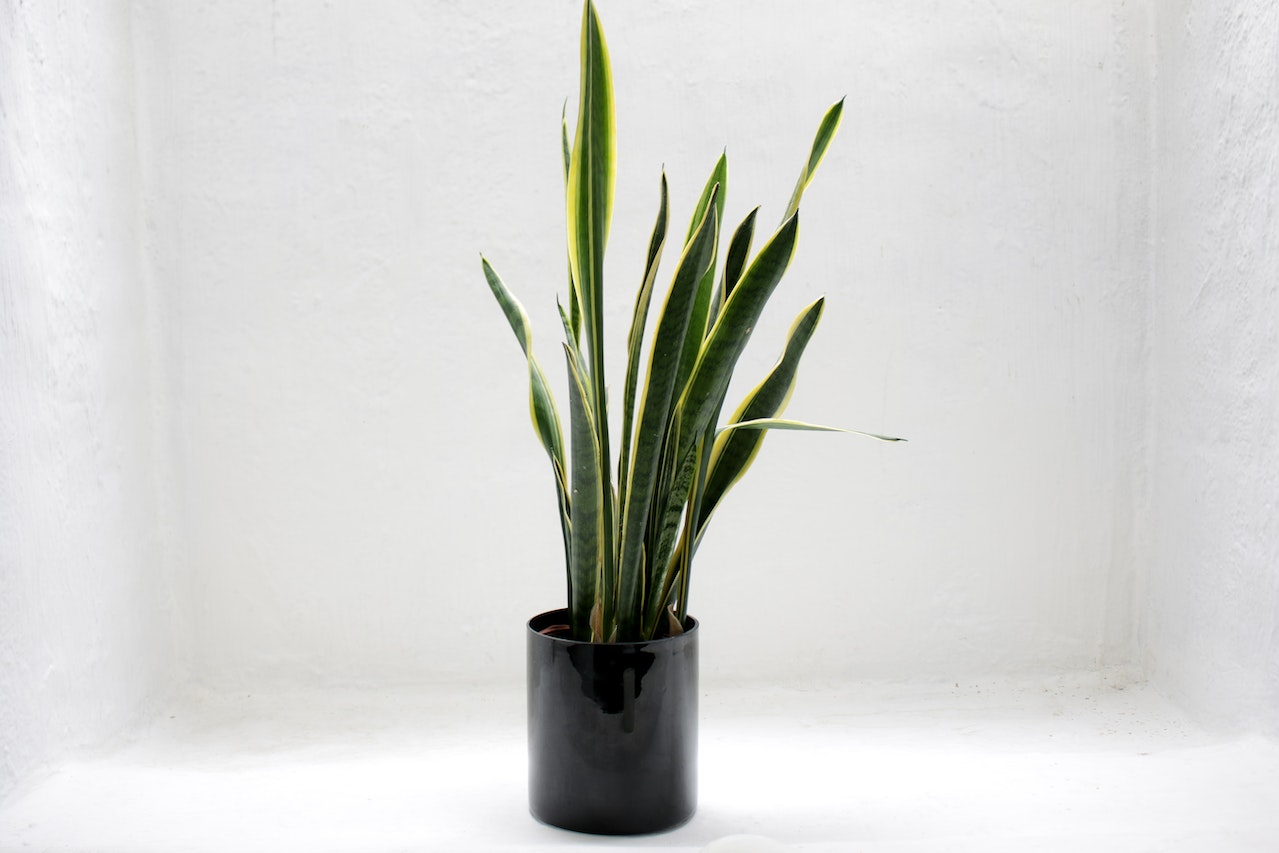If you’re thinking about getting a snake plant, there are a few things you should know. First, they’re not easy to care for. Second, they’re even harder to keep alive. And third, they’re practically impossible to find. Seriously, good luck finding a snake plant. They’re like unicorns – everyone talks about them, but no one has ever actually seen one. If you do happen to find one, congrats! You’re one of the lucky few.
Introduction
Snake plants are one of the most popular houseplants around, and for good reason! They are easy to care for, survive in a wide range of conditions, and look great in any pot. However, even the sturdiest snake plant can run into problems from time to time.
In this article, we’ll cover some of the most common problems that snake plants face, as well as how to prevent and solve them. By the end, you’ll be an expert on keeping your snake plant healthy and happy!
Snake plants are tough plants that can withstand a lot of neglect, but they are not indestructible. The most common problems that snake plant owners face are brown leaves, yellow leaves, wilting leaves, and root rot. Brown leaves on a snake plant can be caused by several things, including too much sunlight, too much water, or cold temperatures. Yellow leaves are usually caused by underwatering or too much fertilizer. Wilting leaves can indicate root rot or too little water.
All of these problems can be prevented with proper care. Make sure to give your snake plant the right amount of water and light, and don’t over- or under-fertilize it. If you notice any of these problems starting to develop, take action immediately to prevent them from getting worse!

The Most Common Problems With Snake Plants
Snake plants are generally very tough and tolerant of neglect, but they can still experience some problems from time to time. These are the most common problems you may encounter with your snake plant:
Leaf drop: This is usually caused by too much or too little water. If your plant is dropping leaves, try to adjust your watering schedule accordingly.
Yellowing leaves: This can be caused by a lack of nutrients, too much direct sunlight, or overwatering. If you think your plant may be lacking in nutrients, try fertilizing it every month or so. If it’s getting too much sun, try moving it to a shadier spot. And if you think you’re overwatering it, try letting the soil dry out more between waterings.
Brown leaf tips: This is usually caused by too much direct sunlight or fluoride in the water. If you think your plant is getting too much sun, try moving it to a shadier spot. And if you suspect the fluoride in your water may be causing the problem, try using filtered or distilled water for your plant.
Where to Buy a Snake Plant
If you’re looking to buy a snake plant, there are a few things you should keep in mind. First, make sure you buy from a reputable source. There are many unscrupulous sellers out there who will try to sell you an unhealthy plant. Second, be sure to inspect the plant carefully before purchasing it. Look for signs of pests or diseases, and make sure the plant is a healthy green color. Finally, be sure to ask the seller plenty of questions about care and maintenance before taking the plant home with you.

How to Care For a Snake Plant
The most common problems with snake plants are usually caused by incorrect watering or over-watering. If you water your plant too much, the roots will rot and the plant will die. If you don’t water it enough, the leaves will turn brown and crispy. The best way to water a snake plant is to let the soil dry out completely between watering. Yellow leaves on a snake plant can be caused by a number of factors, including too much sun, too much water, or a lack of nutrients. If your plant is getting too much sun, the leaves will turn yellow and then brown as they scorch. If you think your plant is not getting enough water, try misting it with a spray bottle once a week. If the problem persists, give your plant a good soaking once every two weeks. Brown leaves on a snake plant are usually caused by one of two things: either the plant is not getting enough water, or it’s getting too much sun. If you think your plant is not getting enough water, try misting it with a spray bottle once a week. If the problem persists, give your plant a good soaking once every two weeks. If you think your plant is getting too much sun, move it to a darker location.
If your snake plant starts to produce small white flowers, it’s an indication that it’s stressed and needs more attention. The flowers are typically produced when the plant is pot-bound or has been overwatered. To fix the problem, repot your plant in fresh soil and be sure to only water it when the soil is dry.
The Benefits of Owning a Snake Plant
Though snake plants have a reputation for being indestructible, they’re still living things and can experience problems from time to time. The most common problems with snake plants are due to improper care, such as overwatering, underwatering, and exposing the plant to too much or too little light. Below, we’ll go over each of these problems in more detail and explain how to fix them. If you think your snake plant is experiencing one of these problems, don’t worry— with a little bit of effort, you can get it back on track. In most cases, the plant will bounce back quickly and be better than ever.
